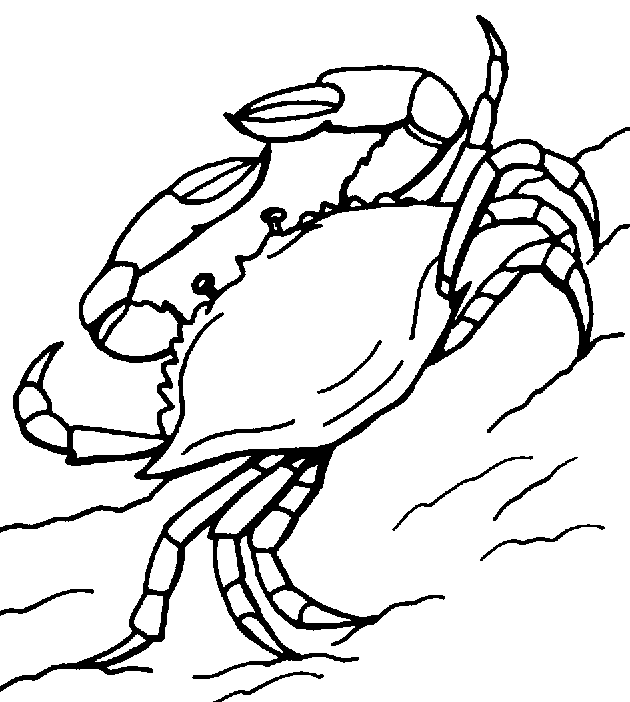The Changing Scene of Agriculture on the Eastern Shore, Part 3
1970s to the Present

For the rest of the 20th century most farmers on the Shore would raise corn and soybeans, primarily to provide feed for the massive poultry industry that had taken root here and grown exponentially. This kind of agriculture was, of course, highly mechanized, and the machines were expensive, far beyond the means of the old-fashioned family farmer. To survive, farmers had to own or rent more land and borrow to purchase the necessary machinery, including combines and huge trucks to transport the harvest to processing centers or to construct expensive storage facilities. Some of the farmers turned to raising chickens for Perdue or other processors. In some cases, as with my family, there was simply no one to carry on. Those who continued to farm followed the pattern noted above in order to survive and prosper, and if they could grow, they did prosper. Families like mine, who no longer farmed their land, either sold or rented to other farmers. We did both. We sold half the farm in order to preserve the rest and currently what remains is cultivated by someone who lives in a neighboring county.
Since the arrival of the new millennium, other changes have occurred. Recently, some farmers have turned to growing turf for golf courses and new residences. Turf cultivation requires expensive irrigation systems and uses a lot of water. Most farmers were already irrigating back in the 50s. My father had a pond dug on our farm for that purpose and a gasoline-driven machine pumped the water to the nearby fields. I remember well slogging through the mud, lugging irrigation pipe to a new location in the field. This was labor intensive! Now farmers dig new wells by the fields and elevated irrigation systems on wheels move themselves across the field.
Since the 1970s we have seen that agriculture has become increasingly mono-cultural and mechanized. Interestingly, an opposing shift seems to be occurring in recent years. The organic food market has been growing as Americans are becoming more health conscious. There is, of course, some industrial-scale organic farming in places like California, but locally these farms are on a smaller scale, harkening back to the family farms of yesteryear. The products are often marketed locally in farmers markets or natural food markets, so there is no middleman. It remains to be seen how far this new trend can go. Clearly, however, it is more environmentally friendly, and as the Eastern Shore faces the threat of global climate change and rising seas, this can only be good.
A native of Wicomico County, George Shivers holds a doctorate from the University of Maryland and taught in the Foreign Language Dept. of Washington College for 38 years before retiring in 2007. He is also very interested in the history and culture of the Eastern Shore, African American history in particular.
Common Sense for the Eastern Shore








